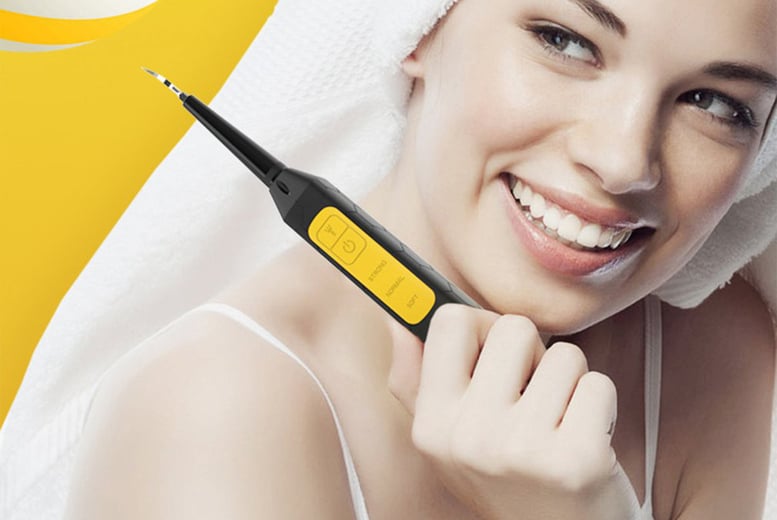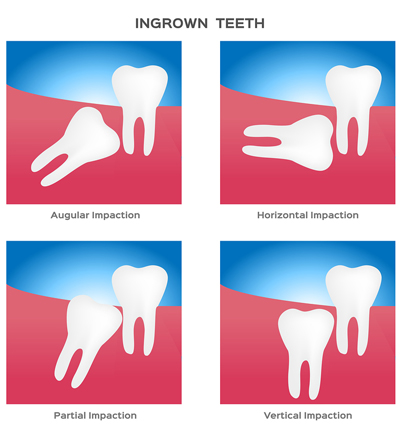Plaque Removal Kit

Maintaining good oral hygiene is essential for overall health, and one of the critical components of this routine is the removal of plaque. Plaque is a sticky, colorless film of bacteria that forms on teeth, and if not removed regularly, it can lead to tartar buildup, cavities, and gum disease. A plaque removal kit can be a valuable tool in the fight against these oral health issues, providing individuals with a comprehensive set of tools to manage their dental care effectively.
Understanding Plaque and Its Implications
Before diving into the specifics of a plaque removal kit, it’s crucial to understand what plaque is and why its removal is so important. Plaque is not just a nuisance; it’s a significant risk factor for dental diseases. The bacteria in plaque feed on the sugars and starches in the food we eat, producing acids that can damage tooth enamel and lead to cavities. Furthermore, if plaque is not removed, it can harden into tartar, which can only be removed by a dental professional. Tartar buildup can lead to gum inflammation, known as gingivitis, and if left untreated, can progress to periodontitis, a more severe form of gum disease that can cause tooth loss.
Components of a Plaque Removal Kit
A typical plaque removal kit may include a variety of tools designed to help individuals remove plaque effectively. These can include:
- Dental Mirror: A small mirror that allows you to see the back and other hard-to-reach areas of your mouth, enabling you to locate plaque more easily.
- Interdental Brushes: Small brushes that can be used to clean between teeth, where a regular toothbrush may not reach.
- Plaque Disclosing Tablets or Solution: These stain the plaque, making it visible, which can be especially helpful for children or for anyone who wants to see the effectiveness of their oral hygiene routine.
- Dental Picks or Scrapers: These are used to gently remove plaque from the surface of the teeth. They must be used carefully to avoid damaging the gums or tooth enamel.
- Toothbrush with Soft Bristles: A soft-bristled toothbrush is gentler on the gums and can be more effective in removing plaque without causing damage.
How to Use a Plaque Removal Kit
Using a plaque removal kit effectively requires a bit of technique and regular practice. Here are some steps to follow:
- Start with a Thorough Brushing: Begin by brushing your teeth with a fluoride toothpaste and a soft-bristled toothbrush to remove any loose food particles.
- Use Disclosing Tablets or Solution: If your kit includes plaque disclosing tablets or solution, use them according to the instructions to stain the plaque. This will help you identify areas where you need to focus your cleaning efforts.
- Clean Between Teeth: Use interdental brushes or dental floss to clean between your teeth, making sure to curve the floss around the base of each tooth in a “C” shape.
- Remove Plaque: With the areas of plaque identified, use a dental pick or scraper gently to remove the plaque. Be careful not to press too hard, as this can damage your gums or tooth enamel.
- Rinse Thoroughly: After removing plaque, rinse your mouth with water to remove any remaining plaque or debris.
- Finish with a Fluoride Mouthwash: If recommended by your dentist, use a fluoride mouthwash to help strengthen your teeth and prevent future plaque buildup.
Maintaining Oral Health Beyond Plaque Removal
While a plaque removal kit can be a powerful tool in maintaining oral health, it is just one part of a comprehensive oral hygiene routine. Here are some additional tips to help you keep your teeth and gums healthy:
- Brush Your Teeth Regularly: Aim to brush your teeth at least twice a day, in the morning and before bed, using a fluoride toothpaste.
- Visit Your Dentist Regularly: Regular dental check-ups can help identify oral health issues early, and your dentist can provide professional cleanings to remove tartar and check for signs of gum disease.
- Eat a Balanced Diet: Limiting sugary and acidic foods can help reduce the formation of plaque and prevent tooth decay.
- Don’t Smoke: Smoking is a significant risk factor for gum disease and can make it harder for your gums to heal once they are damaged.
Conclusion
A plaque removal kit can be a valuable addition to your oral hygiene routine, helping you to identify and remove plaque more effectively. However, it’s essential to remember that plaque removal is just one part of a broader strategy for maintaining good oral health. By combining the use of a plaque removal kit with regular brushing, flossing, and dental check-ups, you can significantly reduce your risk of dental diseases and enjoy a healthier, happier smile.
What is the best way to remove plaque from teeth?
+The best way to remove plaque from teeth involves a combination of regular brushing with a fluoride toothpaste, cleaning between teeth with interdental brushes or floss, and using a plaque removal kit as needed. It’s also important to visit your dentist regularly for professional cleanings.
Can I remove plaque at home without a plaque removal kit?
+Yes, you can remove plaque at home without a plaque removal kit by brushing your teeth regularly with a fluoride toothpaste and cleaning between your teeth with floss or interdental brushes. However, a plaque removal kit can provide additional tools to help identify and remove plaque more effectively.
How often should I use a plaque removal kit?
+The frequency of using a plaque removal kit depends on your oral health needs and the recommendations of your dentist. Generally, it’s a good idea to use a plaque removal kit once or twice a week, or as needed based on the visibility of plaque and your dentist’s advice.

